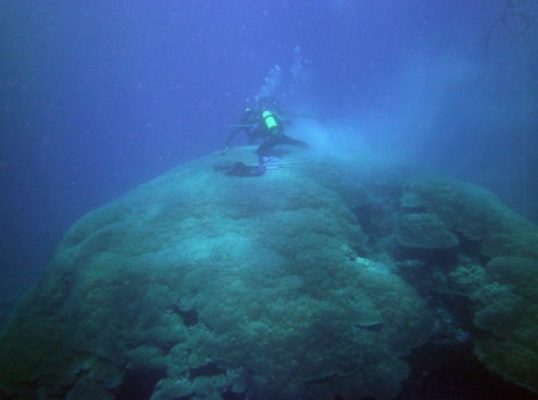Name of the proxy: Stable isotope ratios of carbonates in speleothems Type of proxy: Precipitation, atmospheric circulation, CO2 availability in soil, soil productivity Paleoenvironment: Continental environments Period of time investigated: Present day to 10 million years How does it work? Speleothems are inorganic carbonate deposits growing in caves that form from super-saturated cave waters (wit ...[Read More]
What speleothems can tell about the past climates !



